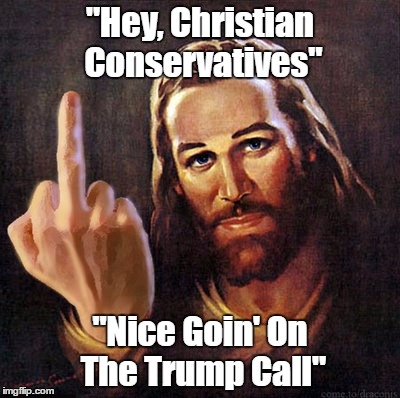
"The American Dream"
Video
(Foul-mouthed but brilliant.)
"In 2008, America Stopped Believing in the American Dream"
By Frank Rich
Excerpt: "When that tide pulled back in 2008 to reveal the ruins underneath, the country got an indelible picture of just how much inequality had been banked by the top one percent over decades, how many false promises to the other 99 percent had been broken, and how many central American institutions, whether governmental, financial, or corporate, had betrayed the trust the public had placed in them."
Excerpt: "When that tide pulled back in 2008 to reveal the ruins underneath, the country got an indelible picture of just how much inequality had been banked by the top one percent over decades, how many false promises to the other 99 percent had been broken, and how many central American institutions, whether governmental, financial, or corporate, had betrayed the trust the public had placed in them."
If you were standing in the smoldering ashes of 9/11 trying to peer into the future, you might have been overjoyed to discover this happy snapshot of 2018: There has been no subsequent major terrorist attack on America from Al Qaeda or its heirs. American troops are not committed en masse to any ground war. American workers are enjoying a blissful 4 percent unemployment rate. The investment class and humble 401(k) holders alike are beneficiaries of a rising GDP and booming stock market that, as measured by the Dow, is up some 250 percent since its September 10, 2001, close. The most admired person in America, according to Gallup, is the nation’s first African-American president, a man no one had heard of and a phenomenon no one could have imagined at the century’s dawn. Comedy, the one art whose currency is laughter, is the culture’s greatest growth industry. What’s not to like?
Plenty, as it turns out. The mood in America is arguably as dark as it has ever been in the modern era. The birthrate is at a record low, and the suicide rate is at a 30-year high; mass shootings and opioid overdoses are ubiquitous. In the aftermath of 9/11, the initial shock and horror soon gave way to a semblance of national unity in support of a president whose electoral legitimacy had been bitterly contested only a year earlier. Today’s America is instead marked by fear and despair more akin to what followed the crash of 1929, when unprecedented millions of Americans lost their jobs and homes after the implosion of businesses ranging in scale from big banks to family farms.
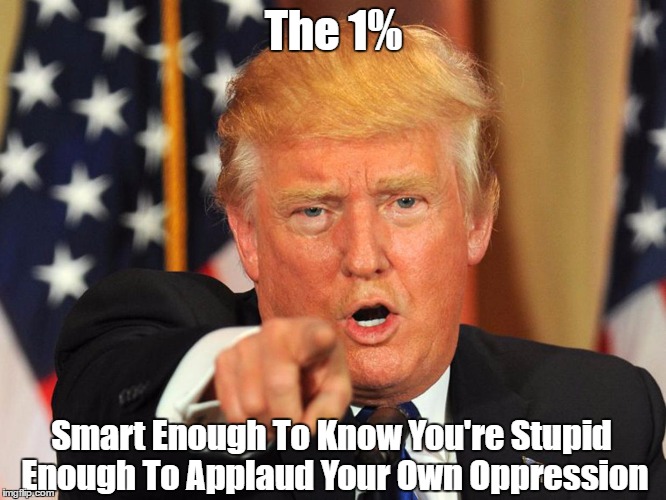

It’s not hard to pinpoint the dawn of this deep gloom: It arrived in September 2008, when the collapse of Lehman Brothers kicked off the Great Recession that proved to be a more lasting existential threat to America than the terrorist attack of seven Septembers earlier. The shadow it would cast is so dark that a decade later, even our current run of ostensible prosperity and peace does not mitigate the one conviction that still unites all Americans: Everything in the country is broken. Not just Washington, which failed to prevent the financial catastrophe and has done little to protect us from the next, but also race relations, health care, education, institutional religion, law enforcement, the physical infrastructure, the news media, the bedrock virtues of civility and community. Nearly everything has turned to crap, it seems, except Peak TV (for those who can afford it).
That loose civic concept known as the American Dream — initially popularized during the Great Depression by the historian James Truslow Adams in his Epic of America — has been shattered. No longer is lip service paid to the credo, however sentimental, that a vast country, for all its racial and sectarian divides, might somewhere in its DNA have a shared core of values that could pull it out of any mess. Dead and buried as well is the companion assumption that over the long term a rising economic tide would lift all Americans in equal measure. When that tide pulled back in 2008 to reveal the ruins underneath, the country got an indelible picture of just how much inequality had been banked by the top one percent over decades, how many false promises to the other 99 percent had been broken, and how many central American institutions, whether governmental, financial, or corporate, had betrayed the trust the public had placed in them. And when we went down, we took much of the West with us. The American Kool-Aid we’d exported since the Marshall Plan, that limitless faith in progress and profits, had been exposed as a cruel illusion.


Unlike 9/11, which prompted an orgy of recriminations and investigations, the Great Recession never yielded a reckoning that might have helped restore that faith. The Wall Street bandits escaped punishment, as did most of the banking houses where they thrived. Everyone else was stuck with the bill. Millennials, crippled by debt and bereft of Horatio Alger paths out of it, mock the traditional American tenet that each generation will be better off than the one before. At the other end of the actuarial spectrum, boomers have little confidence that they can scrape together the wherewithal needed to negotiate old age. The American workers in the middle have seen their wages remain stagnant as necessities like health care become unaffordable.
In the Digital Century, unlike the preceding American Century, the largest corporations are not admired as sources of jobs, can-do-ism, and tangible goods that might enrich and empower all. They’re seen instead as impenetrable black boxes where our most intimate personal secrets are bought and sold to further fatten a shadowy Über-class of obscene wealth and privilege trading behind velvet ropes in elite cryptocurrencies. Though only a tiny percentage of Americans are coal miners, many more Americans feel like coal miners in terms of their beleaguered financial status and future prospects. It’s a small imaginative leap to think of yourself as a serf in a society where Facebook owns and markets your face and Alphabet does the same with your language (the alphabet, literally) while paying bogus respects to the dying right to privacy.


It would be easy to blame the national mood all on Donald J. Trump, but that would be underrating its severity and overrating Trump’s role in creating it (as opposed to exacerbating it). Trump’s genius has been to exploit and weaponize the discontent that has been brewing over decades of globalization and technological upheaval. He did so in part by discarding the bedrock axiom of post–World War II American politics that anyone running for president must sparkle with the FDR-patented, chin-jutting optimism that helped propel John F. Kennedy and Ronald Reagan to the White House. Trump ran instead on the idea that America was, as his lingo would have it, a shithole country in desperate need of being made great again. “Sadly, the American Dream is dead,” he declared, glowering, on that fateful day in 2015 when he came down the Trump Tower escalator to announce his candidacy. He saw a market in merchandising pessimism as patriotism and cornered it. His diagnosis that the system was “rigged” was not wrong, but his ruse of “fixing” it has been to enrich himself, his family, and his coterie of grifters with the full collaboration of his party’s cynical and avaricious Establishment.
It’s hard to recall now how upbeat the American mood had been just a decade ago. The worst financial crisis since 1929 notwithstanding, the election of Barack Obama offered genuine hope, not just the branded version on his campaign poster. He would hire smart people to dig us out of the Wall Street greed and criminality that had victimized so many Americans. (Never mind that some of those smart people on the Obama financial team had cashed in their own chips in a private back room before the casino went bust.) He vowed to downsize the two wasteful wars on which his predecessor had squandered so much blood and treasure. His personal qualities as a committed husband and father, not to mention his unlikely rise from obscurity, would make him a role model to the young. The mere fact of his election would also suggest to many, my naïve white self included, that the country might somehow at long last be capable of rising above its original sin of slavery. Time summed up the national sentiment best in its cover story crowning him 2008 Person of the Year. Obama was “infusing our democracy with a new intensity of participation” and “showing the world and ourselves that our most cherished myth — the one about boundless opportunity — has plenty of juice left in it.” As he took office, polling found that “a strong majority of Americans believe he will accomplish most of what he aims to do.”

"Pope Francis Links"
Pope Francis: Quotations On Finance, Economics, Capitalism And Inequality
Pope Francis: One Of The Most Powerful Critiques Of Capitalism You Will Ever Read
Pope Francis: Quotations On Finance, Economics, Capitalism And Inequality
Pope Francis: One Of The Most Powerful Critiques Of Capitalism You Will Ever ReadPope Francis: "This Economy Kills"
http://paxonbothhouses.blogspot.com/2015/01/pope-francis-this-economy-kills.html
Catholic Social Teaching
http://paxonbothhouses.blogspot.com/2015/01/catholic-social-teaching.html
Pope Francis: Moving The Moral Compass
From "The Individual" Toward "The Collective"
http://paxonbothhouses.blogspot.com/2015/01/pope-francis-moving-moral-judgment-from.html
Pope Francis Takes On The Catholic Bureaucracy
http://paxonbothhouses.blogspot.com/2014/12/pope-francis-takes-on-catholic.html
Pro-Science Pontiff: Pope Francis On Climate Change, Evolution And The Big Bang
Pope Francis: What Christianity Looks Like When Believers Realize "God Is Love"

Boundless opportunity! A government that would accomplish its aims! What were we thinking? We all know what happened next: The opposition party, once again pandering to the racist base it has cultivated ever since Barry Goldwater ran against the Civil Rights Act of 1964, vowed to defeat the new president’s governance no matter what he did. Even so — and despite being thwarted by that partisan resistance, by the stubbornness of the downturn he had to reverse, and by his own unforced errors — Obama did succeed at leading America out of its economic crisis and largely extricating it from war. But he had to scale back his other aspirations, including immigration and financial reform. History will surely bless him for preventing a second Great Depression, among other achievements, including presiding over the most scandal-free White House in memory. But in real time, his presidency was still fairly young when some contemporaneous voters started moving on from Yes, We Can to No, We Can’t and/or No, We Won’t.
Obama didn’t cause that broken spirit any more than Trump did. It had been building all along — or can be seen to have been, depending on the lens through which you view modern American history. In the more salutary version of that story, the nation triumphed over the back-to-back cataclysms of depression and world war to flourish in a post-victory boom. In 1964, the perennial poll question measuring trust in “government in Washington to do what is right” reached a peak 76 percent. That number would decline as Americans were battered by the Vietnam quagmire, the political violence and assassinations of 1968, and Watergate. But eventually Reagan would “win” the Cold War and his salesmanship of the “shining city upon a hill” would vanquish memories of the Nixon White House’s criminality. The awesome record of LBJ’s civil-rights legislation would mask the less encouraging on-the-ground story of intractable racial conflict and second-class African-American citizenship in both the South and North.
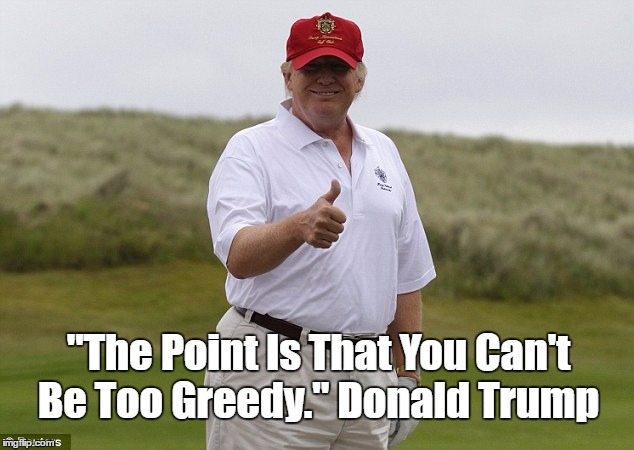
Carnival Lust, Capitalist Greed And Counterproductive Christian Finger-Wagging
The Seven Deadly Sins Revisited: Greed
But it’s an alternative narrative of this history — the less splashy and more insidious economic narrative of widening inequality, rather than the epic headline events of a History Channel documentary — that may have mattered most in landing us where we are now. As the historian Elaine Tyler May, a scholar of postwar America, has written, the Cold War boom solidified and projected to the world a “vision of middle-class affluence” that testified to “the benefits of the American capitalist system” over the Soviet alternative. Central to that vision was “the belief that free-market capitalism would benefit everyone” and that its fruits would be distributed equitably, “providing the good life to an ever-expanding middle class.” Even at this boom’s height, this egalitarianism was a myth as far as black Americans were concerned, but the white majority bought it: This bedrock belief in economic fairness “motivated white working-class and middle-class Americans to play by the rules.” The assumption was that the ownership class would play by them too.
In truth, that assumption had been an open question from the moment massive American fortunes started being built in the late-19th century’s Gilded Age. In Behold, America, a fascinating new look at “the entangled history” of “America First” and “the American Dream,” out this fall, Sarah Churchwell unearths a 1900 editorial in the New York Postfretting about how multimillionaires “are very rarely, if ever, content with a position of equality.” The paper hypothesized that “the American dream,” a term not yet in common parlance, could be ended by their greed. A similar 1908 editorial in the Leavenworth, Kansas, Times, again invoking “American dreams,” championed “the equitable distribution of wealth” while making pointed note of the vast discrepancy between the pay of an insurance-company executive and a headmaster: “Why do we accord highest place to money mongers and lowest place to teachers of ideals?”
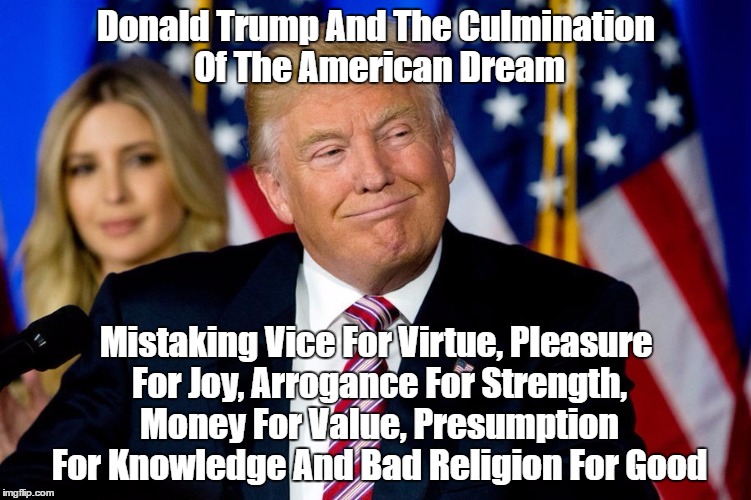

Populist movements would ask similar questions through each American cycle of boom-and-bust, but to no lasting avail. While the Gilded Age tycoon J. P. Morgan posited that the ratio between a boss’s income and that of workers should be 20-1, today that ratio often exceeds 150-1. Yet, as May points out, in the postwar era, it was not until the free fall of 2008 that a wide public fully focused on the gap between the top one percent and everyone else. “Unlike the 9/11 attacks,” she writes, the catastrophic crash “was homegrown and had been brewing for many years.” But it took the Great Recession’s destruction “of what had been the markers of citizenship for more than half a century” — a secure job and home ownership — to make unmistakable to all “the end of the era of widespread prosperity that had characterized the United States in the early years of the Cold War.”
It was during the Great Recession that it also became clear how oblivious — or complicit — both major parties’ Establishments were when it came to heists by those at the top. To take just one example of this culture at work: In 2011, with much fanfare, President Obama convened a new jobs council, which, in a bipartisan gesture, he put in the charge of a prominent Republican CEO, Jeffrey Immelt of GE. No one in the Obama White House seemed to know or care, as the New York Times would soon report, that GE had laid off a fifth of its American workers since 2002 and, in 2010, had paid almost no federal taxes on $14.2 billion of profit. Immelt remained in place at the jobs council nonetheless. Unlike such frauds as Enron and its current copycat, Theranos, or the robber-baron enterprises of the more distant past, GE was one of the most widely admired American corporations, if not the most widely admired, for decades. Founded by Thomas Edison, it was one of the original dozen components of the Dow Jones industrial average at its inception in 1896. In the 1950s and early ’60s, GE’s image and Reagan’s were burnished in tandem when the future president hosted General Electric Theater on CBS. In the 1980s and ’90s, Immelt’s immediate predecessor, Jack Welch, was lionized as America’s wisest economic guru. Today, GE’s shareholders have been financially shafted along with its workers, and in June it was booted off the Dow. The record Immelt left behind as Obama’s job czar, it should be noted, is no more impressive than that as GE’s CEO: He accomplished nothing, at one point going for a full year without convening the council at all. But there has been no accountability for his failures in either the private or public spheres, let alone reparations.
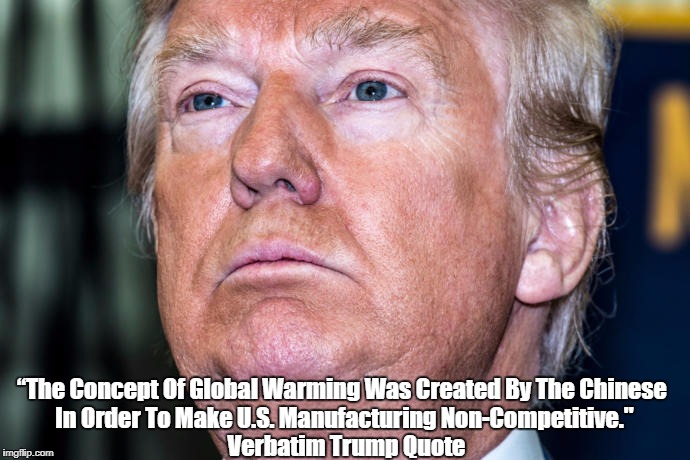

Perhaps the sole upside to the 2008 crash was that it discredited the Establishment of both parties by exposing its decades-long collusion with a kleptocratic economic order. If the corporation that introduced the lightbulb was a sham ripping off its employees, shareholders, and consumers, not to mention America’s taxpayers, you had to wonder who at the top was not. The moral abdication of would-be liberal reformers, who failed to police such powerful economic actors, only added to the national disgust with elites. It’s that vacuum that created the opening for a master con man. Once in the White House, of course, Trump conducted the biggest spree of grand larceny ever carried out by the wealthiest sliver of the country in the name of “tax reform.” Everyone knows he is doing it except those among his base who dismiss all unwanted news as “fake news.” But it’s a measure of how much the country is broken that we just shrug with resignation when the wealthy Democratic Goldman Sachs alum Gary Cohn joins this administration to secure an obscene tax cut, then exits without apology to enjoy his further enrichment at the expense of the safety net for the country’s most vulnerable citizens.
Trump’s nationalistic right-wing populism, which scapegoats immigrants and minorities to deflect rage from Cohn and his fellow profiteers, is nothing new. As Churchwell tracks in Behold, America, the original America First movement of the 1920s and ’30s grew in tandem with the widening economic discrepancies of the time. She reminds us that the plutocratic villain of The Great Gatsby, Tom Buchanan, is a white supremacist prone to observations like “if we don’t look out the white race will be … utterly submerged” and “It’s up to us who are the dominant race to watch out or these other races will have control of things.” Up against such powerful one-percenters, the vision of limitless human potential implicit in Jay Gatsby’s innocent American Dream didn’t stand a chance. As Churchwell writes, “Between 1923 and 1929, 93 percent of the country experienced a drop in per capita income,” even as a rise in monopolies and mergers left “only two hundred large corporations in control of over half of American industry” and one percent of the population owning 40 percent of America’s wealth.
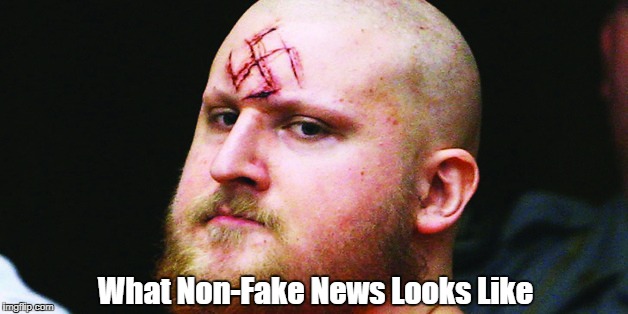

That hastening concentration of American economic power wasn’t fully understood by most Americans then, and neither was Gatsby, which was published to disappointing sales and reviews in 1925. It’s almost too exquisite an irony that just two years later, the budding real-estate developer Fred Trump would be arrested at a Ku Klux Klan riot in Queens, not far from Tom Buchanan’s home in Fitzgerald’s fictional Long Island enclave of East Egg. The rest is history inexorably leading America to this dark place where, nearly a century later, the green light at the end of Daisy’s dock is so distant it just may be in China.
